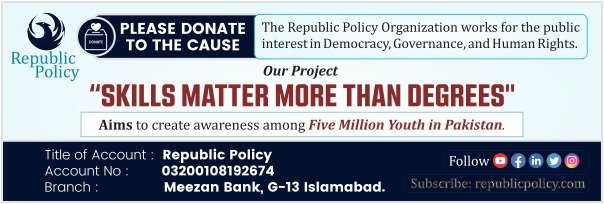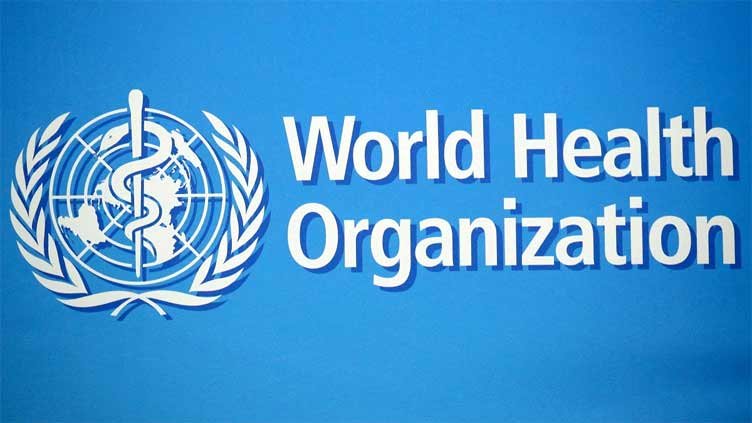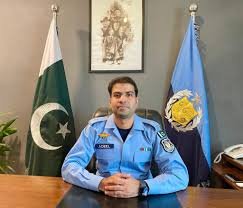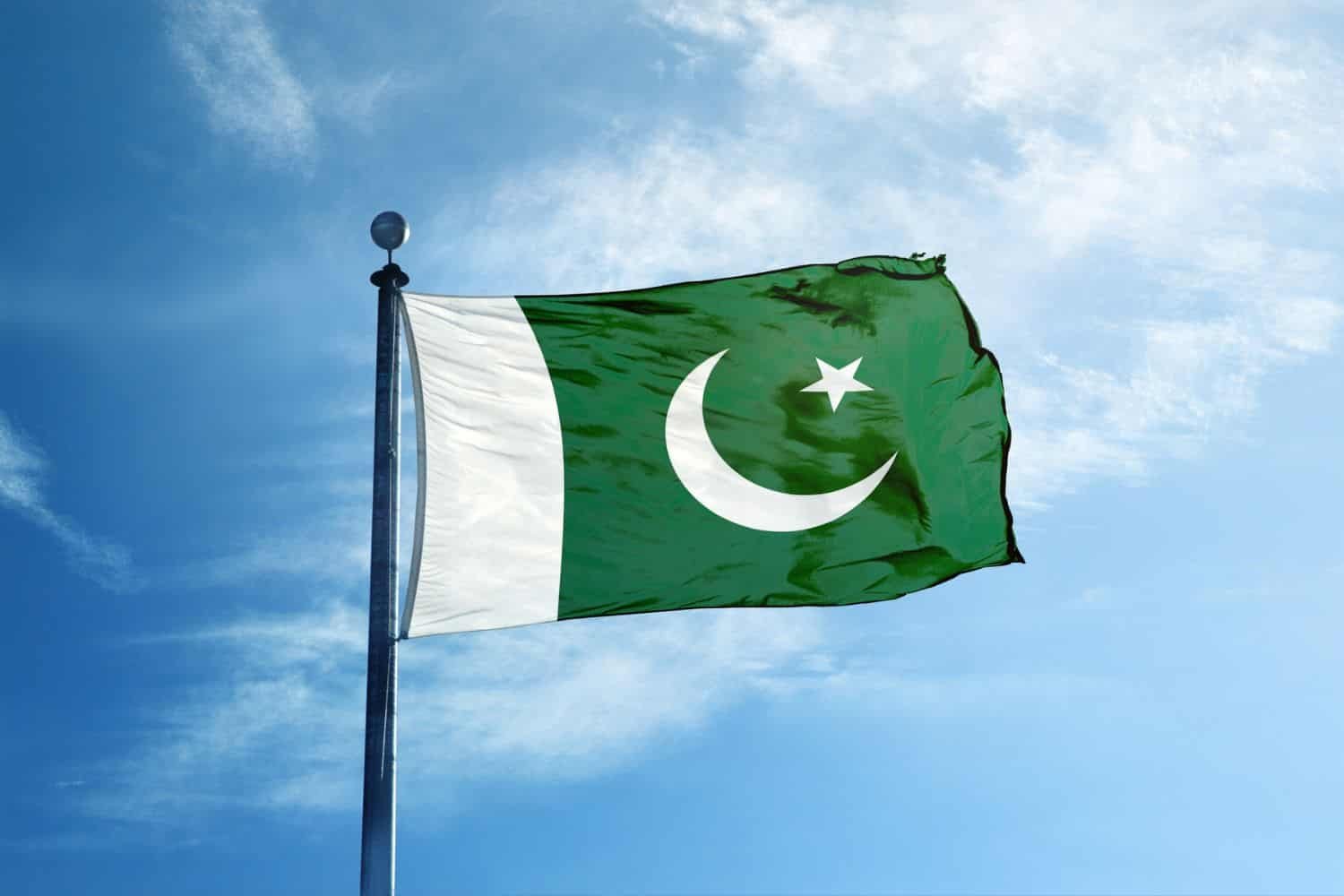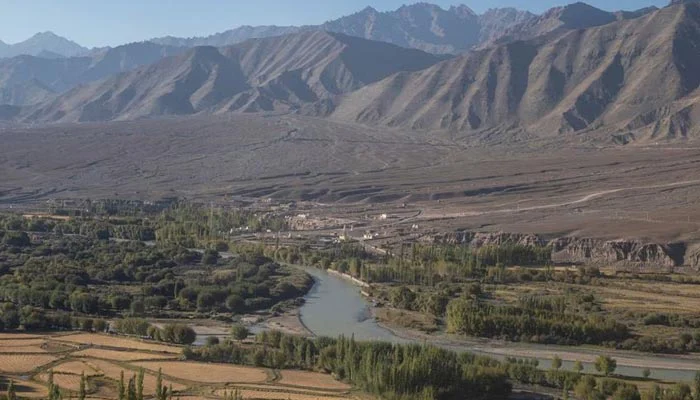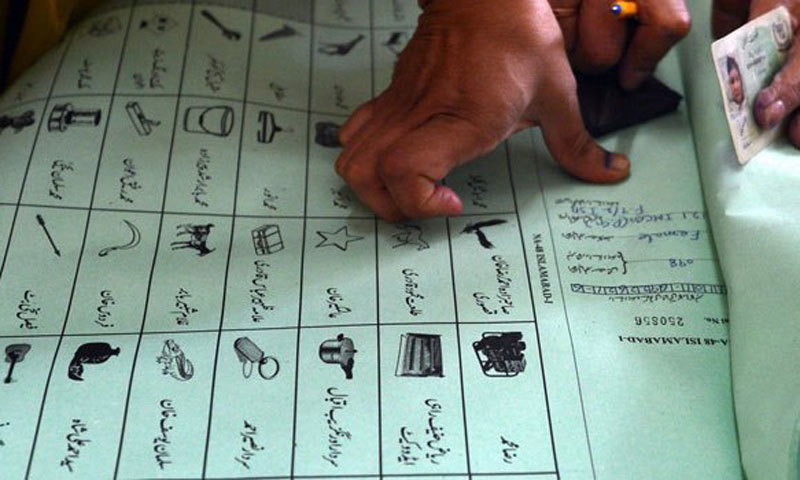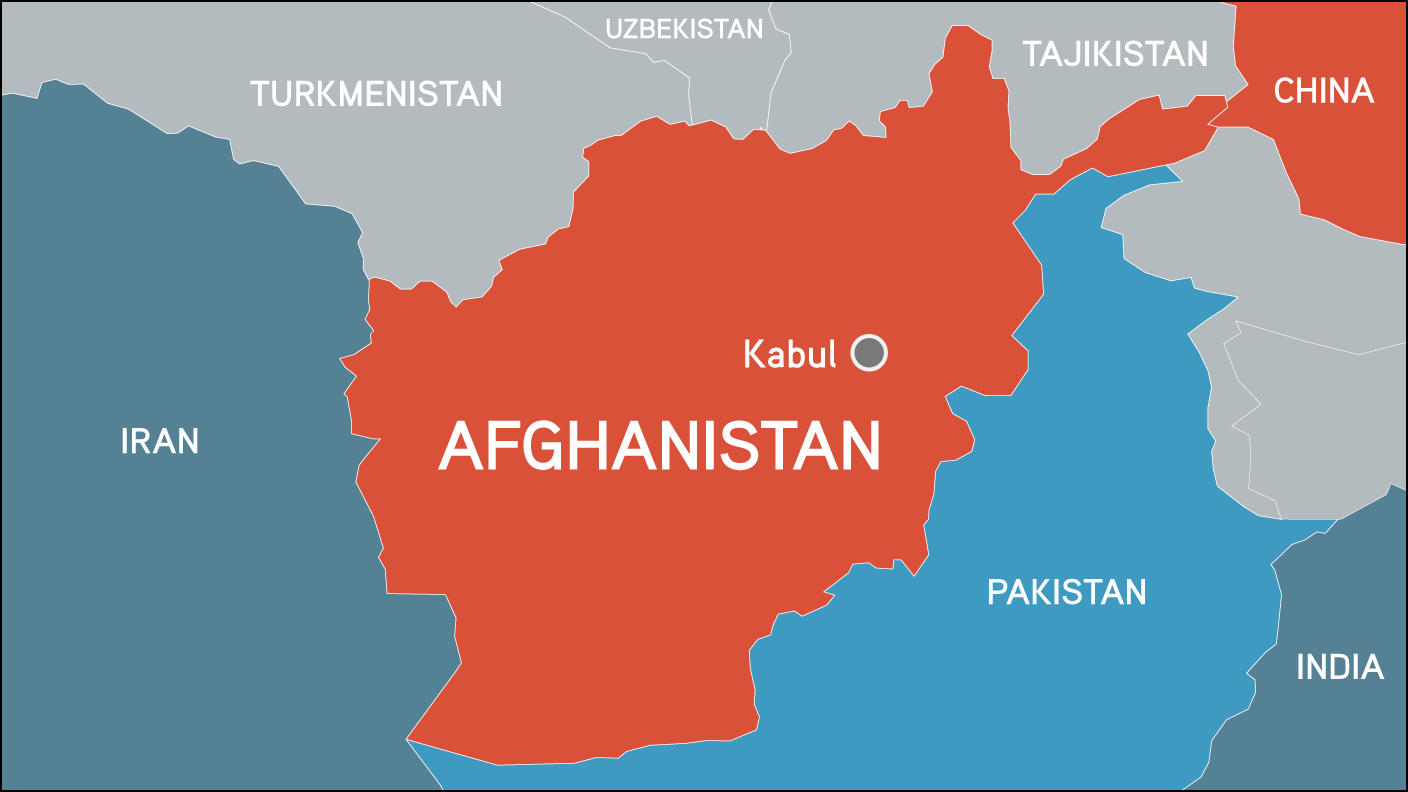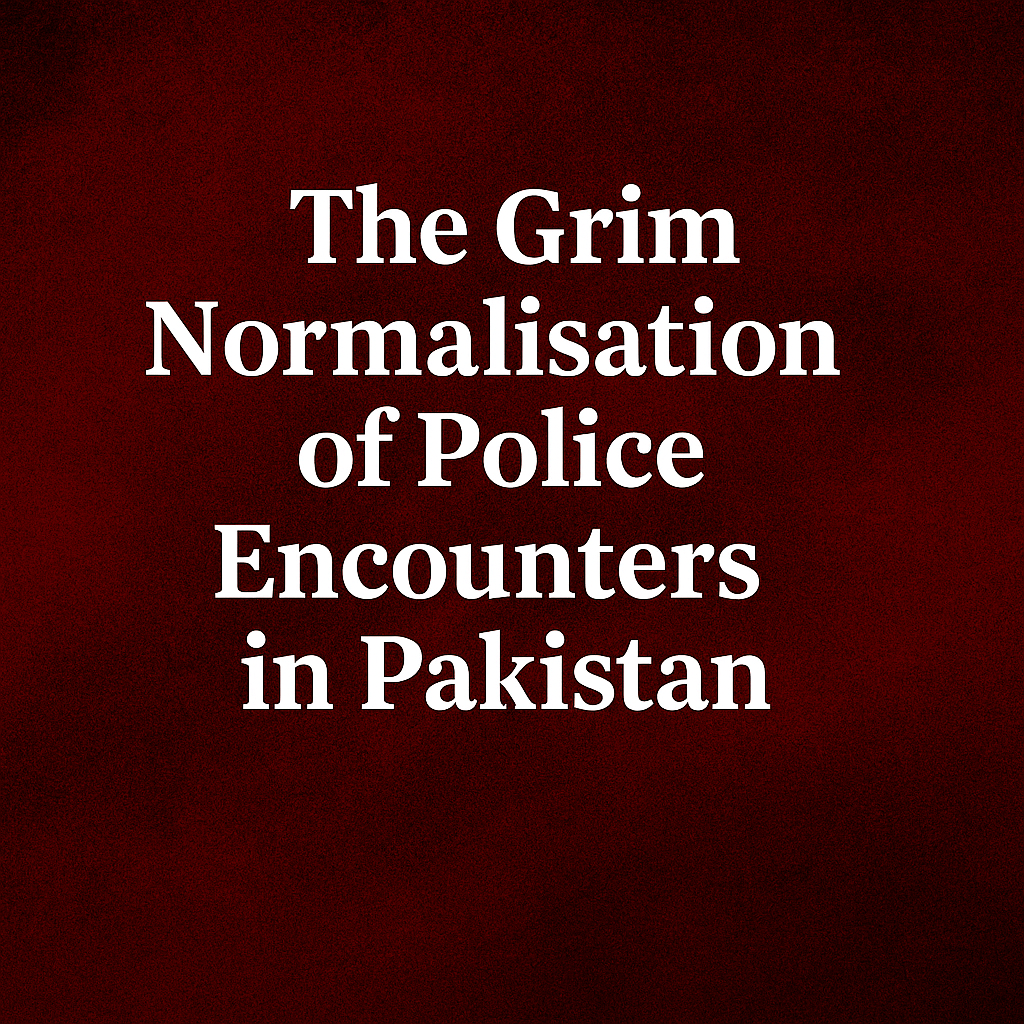By Hania Ghafoor
The call reverberated through the global corridors of health as Tedros Adhanom Ghebreyesus, the venerable leader of the World Health Organization (WHO), rallied nations to harness the latent potency of traditional medicine. Amidst the bustling tapestry of the Indian city of Gandhinagar, Tedros’s resonant voice urged countries to fuse the age-old wisdom of traditional healing with the precision of modern science, crafting a harmonious symphony for the well-being of humanity and the planet. In a world increasingly intertwined, his plea for “evidence and action-based suggestions” to seamlessly integrate traditional medicine into a cohesive global strategy resounded with a sense of urgency.
Amidst the confluence of ancient traditions and contemporary knowledge, Tedros meticulously outlined the profound impact of traditional medicine on human health. It is an art and science that unravels the intricate connections between well-being and the environment, an understanding deeply ingrained in its very essence. From the podium of the event, his words echoed like a clarion call, highlighting the monumental contributions of traditional medicine, which far transcend temporal boundaries.
The resounding echoes of Tedros’s message found a harmonious resonance in the sentiments of Ngozi Okonjo-Iweala, the astute Director-General of the World Trade Organization (WTO). She eloquently emphasized that the realm of traditional medicine and modern medical practices are not divergent streams, but rather two tributaries converging into a mighty river of holistic healing. The partnership between these realms holds the key to a comprehensive and integrated approach to health, one that bridges ancient traditions with contemporary advancements.
Stepping into the time-worn footprints of history, Tedros gracefully acknowledged the antiquity of traditional medicine, which has woven its healing tapestry alongside humanity’s own evolution. Through the annals of time, it has been a silent custodian of healing, safeguarding ancient remedies that have left an indelible imprint on the development of modern pharmacology. The threads of tradition, interwoven with the fabric of progress, have yielded an exquisite mosaic that spans generations.
As the curtains of the event drew open, the resonance of Tedros’s words lingered, casting a spotlight on the profound fusion of ancient wisdom and modern innovation. The call to action reverberates beyond the boundaries of a single event, echoing through the corridors of healthcare policy and practice. The trajectory of traditional medicine is not a path of opposition to modernity, but a journey of symbiosis, where the accumulated wisdom of generations converges with cutting-edge research and development.
In the grand tapestry of global health, the symphony of traditional medicine is a vibrant thread that weaves through the intricate fabric of well-being. Tedros’s call to unlock its potential beckons nations to gather under a united banner, where the sacred knowledge of the past dances with the scientific rigor of the present. As the world grapples with multifaceted health challenges, the integration of traditional medicine into a cohesive global strategy offers a glimpse of a future where healing embraces the harmonious blend of ancient traditions and modern ingenuity.
In a riveting exploration of history’s healing tapestry, Tedros Adhanom Ghebreyesus, the illustrious head of the World Health Organization (WHO), cast a spotlight on the enduring power of traditional medicine. Embarking on a journey through time, Tedros conjured the image of the willow tree’s bark, a remedy harnessed by Sumerians and Egyptians over 3,500 years ago for pain relief and anti-inflammatory properties. This ancient practice found its crescendo in the synthesis of aspirin by chemist Felix Hoffmann in 1897, an innovation that continues to illuminate and safeguard countless lives daily.
The narrative of traditional medicine unfolded further with a tale of discovery that traversed borders and centuries. Tedros artfully recounted the 1971 breakthrough orchestrated by China’s Tu Youyou, who delved into the pages of traditional Chinese medical literature. It was within these ancient scrolls that the tantalizing mention of sweet wormwood, a remedy for fevers, emerged. This cryptic clue led Tu Youyou’s team to unveil the compound artemisinin, an essential cornerstone of malaria treatment.
Tedros’s voice resounded with conviction as he dismantled the notion of traditional medicine as a relic of the past. Instead, he heralded its escalating global demand, underscoring its vital role in mental health, healthy aging, and the prevention and treatment of non-communicable diseases. The cadence of his words reverberated with the essence of progress, as he summoned the memory of WHO’s pioneering steps in this realm. Casting back to 2014, he recalled the inaugural global ten-year strategy for traditional medicine, a testament to WHO’s commitment to weaving this age-old wisdom into the tapestry of modern healthcare.
From the heart of India’s vibrant landscapes, the WHO Global Centre for Traditional Medicine in Jamnagar emerged as a beacon of transformative potential. Tedros’s words echoed with purpose, illuminating how this center had become a crucible for shaping policies, standards, and regulations that nurture the safe, cost-effective, and equitable usage of traditional remedies. The fervor of his call to action resonated, urging nations to embrace the interplay of science and innovation to amplify the potency of traditional medicine.
As the summit’s zenith loomed, the promise of the Gujarat Declaration stood as a testament to a future where traditional medicine harmoniously converges with modern healthcare systems. This proclamation, expected to emerge from the summit’s tapestry of discussions, holds the promise of elevating traditional medicine’s rightful place within states’ healthcare services.
Amidst the symphony of progress, the WHO’s steadfast commitment to transparency and validation reverberated. On the social platform X, they unveiled their mission: to cast an evidence-based spotlight on traditional medicine, illuminating its safety and efficacy for the millions who embrace it around the world. In this pursuit, traditional medicine stands to find its embrace within the arms of scientific validation, a beacon of hope for millions seeking holistic healing.
Tedros Adhanom Ghebreyesus’s resounding call to unlock the potential of traditional medicine resonates as a harmonious symphony, bridging the wisdom of ages with the precision of modernity. The narrative of traditional remedies, once buried in the sands of history, now emerges as a radiant star guiding the path to holistic health.
In a world where ancient wisdom meets modern innovation, the World Health Organization’s push for the integration of traditional medicine into global healthcare is a powerful reminder of the untapped potential lying within time-tested remedies. As we navigate the crossroads of tradition and progress, the path forward seems clear – a harmonious fusion of old and new could pave the way for a healthier and more holistic approach to well-being. The spotlight on traditional medicine, its efficacy, safety, and its place alongside modern science, prompts us to envision a future where the wisdom of the past plays a pivotal role in shaping the health landscape for generations to come.
Subscribe our website for latest updates:
https://republicpolicy.com/shop/
Read More


